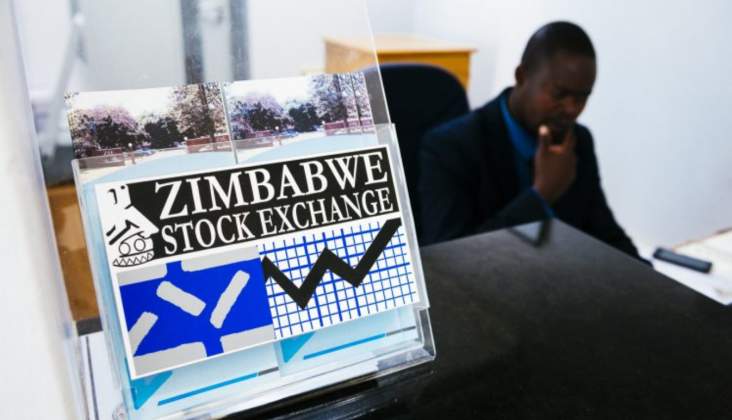10 sites identified for solar electricity
TEN possible sites for solar plants, with potential of generating 500 megawatts have been identified, a senior official said, with the Government now working on guarantee mechanisms with creditworthy financial institutions to backstop potential investment risks.
While there is growing interest in the renewable energy sector, particularly solar, concerns have been raised over currency convertibility risks, viability gaps and potential losses investors could suffer due to sub-economic tariffs, Energy and Power Development permanent secretary Eng Gloria Magombo said in an interview.
Zimbabwe, seeking to boost renewable energy capacity to 1 100 MW or 16,5 percent of overall electricity supply by 2025 and 2 100 MW or 26,5 percent of total output by 2030 in line with climate goals, needs huge capital inflows to reach the target.
“We will call for new projects to be developed, (come up with) standard power purchase for solar projects and tender bid documents,” said Eng Magombo adding ‘”we should see investment boom in these projects.” Dr Magombo noted concerns around currency convertibility remained one of the major impediments in attracting foreign capital but a guarantee facility to reduce such risks was being developed.
Eng Magombo said the country received a grant from the African Development Bank to help develop the framework. “It is at an advanced stage,” Dr Magombo said.
Zimbabwe has witnessed modest investments in solar energy by local private investors, but “it’s not yet at the scale that we want it to be,” said Eng Magombo, noting that local banks “are not willing to provide low-cost, long term finance for renewables.”
Energy experts said while renewables presented huge opportunities for investors, concerns over currency convertibility and lack of long-term finance were among obstacles impeding investments. “Any (funding) model which can work for the country would be (supported by) de-risking renewable energy investment frameworks,” Jeremiah Mushosho, a specialist in environment, climate change, and renewables at the
United Nations Development Programme said in an interview.
Mushosho said while the Government had made strides in “policy de-risking” by coming up with incentives including suspension of duty and taxes for renewable energy projects, adverse financing conditions remain a significant barrier to necessary investments in the renewable sector. “The cost of funding remains unattractive and the return on investment is not guaranteed,” said Mushosho.
Blended finance, a mix of public and private capital, was critical, Mushosho noted, adding guarantee mechanisms from the regional international financial institutions could help accelerate foreign direct investment in the renewable sector.
While it has the least carbon footprint, Africa is hit the hardest by its effects. The continent is responsible for about three percent of global greenhouse gas emissions—a tiny proportion given that the richest 10 percent of the global population are responsible for emitting over half of the carbon emissions.
Despite that, more than 35 African countries, Zimbabwe included, and over 1 000 corporates have committed to emissions cuts in line with the goals of the 2015 Paris Agreement on climate change, which seeks to keep global warming below two degrees Celsius and strive for a ceiling of 1,5 degrees by 2030.
Investments in renewables would be driven by off-grid home systems, and mini and huge solar and wind plants.
Globally, investments in renewable energy continue to grow and gain momentum despite global uncertainties, but are still far from being enough to avert the effects of climate change, the latest data by the International Renewable Energy Agency shows.
By the end of 2021, global renewable generation capacity amounted to 3 064 gigawatts (GW), increasing the stock of renewable power by 9,1 percent, the report says.
Although hydropower accounted for the largest share of the global total renewable generation capacity with 1 230 GW, IRENA’s Renewable Capacity Statistics 2022 shows that solar and wind continued to dominate new generating capacity.
Together, both technologies contributed 88 percent to the share of all new renewable capacity in 2021.
Solar capacity led with a 19 percent increase, followed by wind energy, which increased its generating capacity by 13 percent, the report says.
“This continued progress is another testament to renewable energy’s resilience. Its strong performance last year represents more opportunities for countries to reap renewables’ multiple socio-economic benefits. However, despite the encouraging global trend, our new World Energy Transitions Outlook shows that the energy transition is far from being fast or widespread enough to avert the dire consequences of climate change,” says IRENA director-general, Francesco La Camera.-eBusiness Weekly











